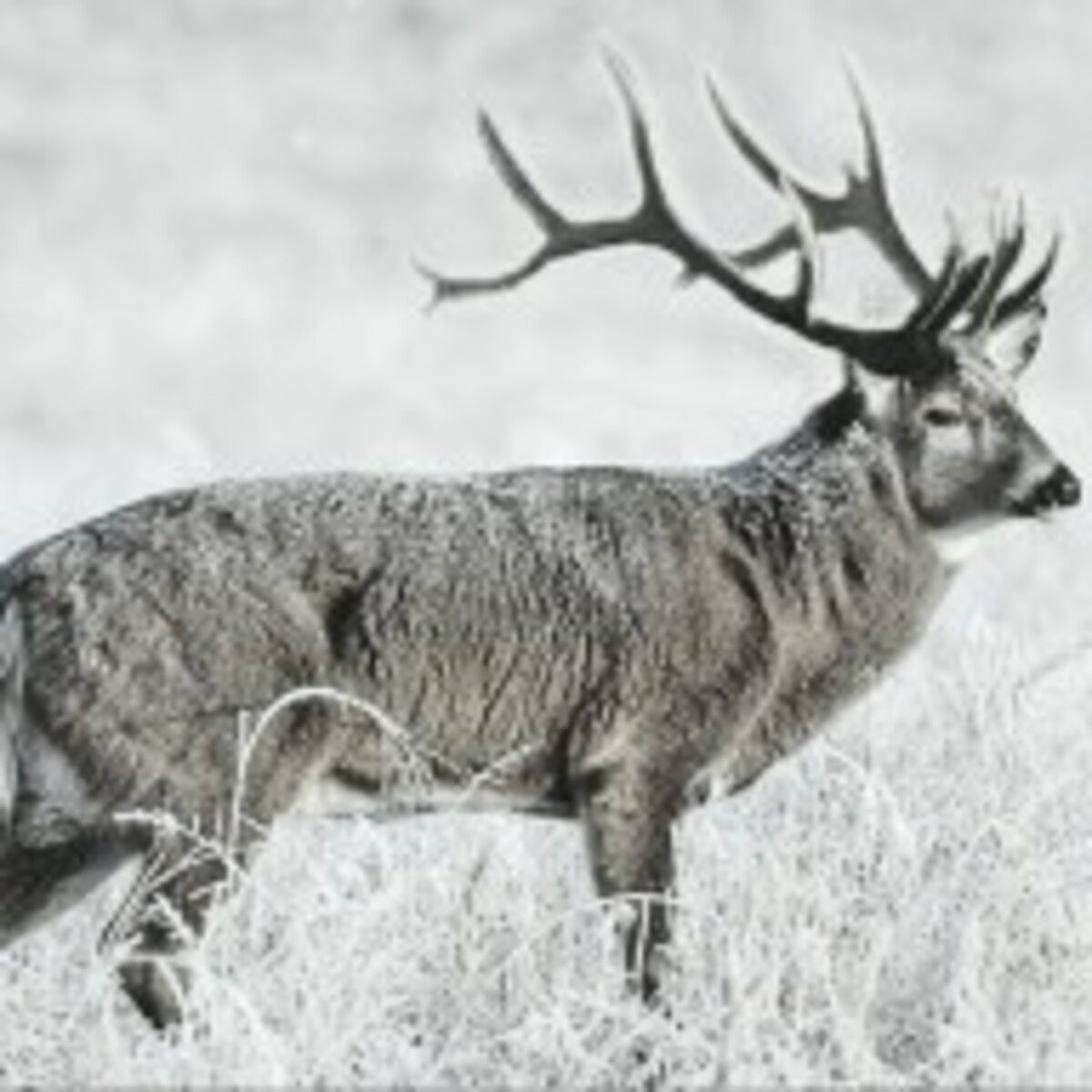
While not as synonymous as dairy products, the sandhill crane is surely an icon of the great state of Wisconsin, or at least it has become one over the course of the past few decades. In the midst of another conservation success story, the sandhill crane is revered within the state, which also serves as home to the International Crane Foundation.
Often referred to as the ribeye of the sky, the pursuit of these tasty birds is limited to a very select few states. But with budding populations in Wisconsin and in other states and provinces along the flyway, many are beginning to flirt with the idea of newly-minted hunting seasons for the tasty cranes.
In the east, the only other states that currently allow for any sandhill hunting at all are Kentucky, Tennessee and Alabama. In addition to Wisconsin’s proposed draft legislation that would open a hunting season in the Badger State, the nearly-situated Canadian provinces of Ontario and Quebec are also toying with the idea.
According to the US Fish and Wildlife Service, sandhill crane populations spread across both the Mississippi and Atlantic flyways are expected to triple the baseline requirement for hunting seasons. Current estimates by USFWS state that between 55,000 and 60,000 sandhill cranes either breed or rear their young inside of Wisconsin’s borders - well above the 30,000 bird threshold currently in place for hunting seasons.
Outside of bulging populations, the birds have also grown to become a nuisance, particularly to farmers. For those growing crops that feed the insatiable appetites of these cranes, the damages farmers have incurred currently sits in the millions. Without an active hunting season, farmers are forced to either use some sort of coating to deter the large birds from feasting on their crops or acquire special kill permits for problem birds.
The result of these special kill permits is something of a nightmare for those willing and wanting to have their shot at one of these flying ribeyes. Because birds shot on depredation permits cannot legally be consumed, these fields are now acting as gravesites for dead and wasted birds.
“That should rub every hunter and anyone who thinks of themselves as a conservationist the wrong way,” says Cyrus Baird, senior director of government affairs for Delta Waterfowl. “The state is paying someone to shoot cranes. Why not have a carefully managed hunting season and a lottery quota system and have the DNR use hunter revenue that can then go toward managing cranes, and have the same produced outcome?”
The draft legislation, which was crafted by a 12-member committee, still has a long way to go. With the previous effort as recent as 2022, sandhill hunting bills have not fared well in the state’s legislature. Even if it makes it through the legislative process, it still requires approval from the Governor, the state’s Department of Natural Resources and the U.S. Fish and Wildlife Service.

